Britain’s Nvidia sold to Japan’s SoftBank for $500m
The Japanese investment giant SoftBank has been given government approval to buy Graphcore, the chipmaker once proclaimed “Britain’s Nvidia”, for about $500 million.
The sum is about a fifth of Graphcore’s valuation just a few years ago, but secures the survival of the start-up, which had warned that its future was in doubt without a cash injection.
Despite the company not making any binding commitments to remain in the UK, the government cleared the deal on national security grounds and it has also passed competition hurdles. Graphcore’s headquarters will stay in Bristol, and it will operate under the same name with Nigel Toon and Simon Knowles remaining as chief executive and chief technology officer.
While Graphcore and SoftBank refused to comment on the price or structure, Toon said: “All of our investors fully support the deal. It’s a good outcome. They were very happy and it’s a great outcome for our employees”.
Toon acknowledged that former staff members would not benefit but that he had personally made money from the transaction.
SoftBank, run by Masayoshi Son, 66, the Japanese billionaire, is focusing on AI investments and bringing together companies that can work with one another.
It owns about 90 per cent of Arm, the Cambridge-based semi-conductor designer whose chips power most smartphones, and recently led a $1 billion funding round in Wayve, the London headquartered driverless car company.
Toon said the takeover offered the company the chance to scale up: “We’ve been very successful in terms of raising capital for the business, but the amount of capital that we’ve had access to is tiny when compared to the other major players in the space.”
Graphcore was envisioned by Toon and Knowles in a pub in Bath in 2012. They had sold their business Icera to Nvidia in 2011 for $370 million and were on the hunt for the next challenge. It was officially founded in 2016, the same year that Arm was acquired by SoftBank.
At launch, the hype saw the business breathlessly compared to Arm, and touted as a potential challenger to the now $3 trillion Silicon Valley microchip manufacturer Nvidia.
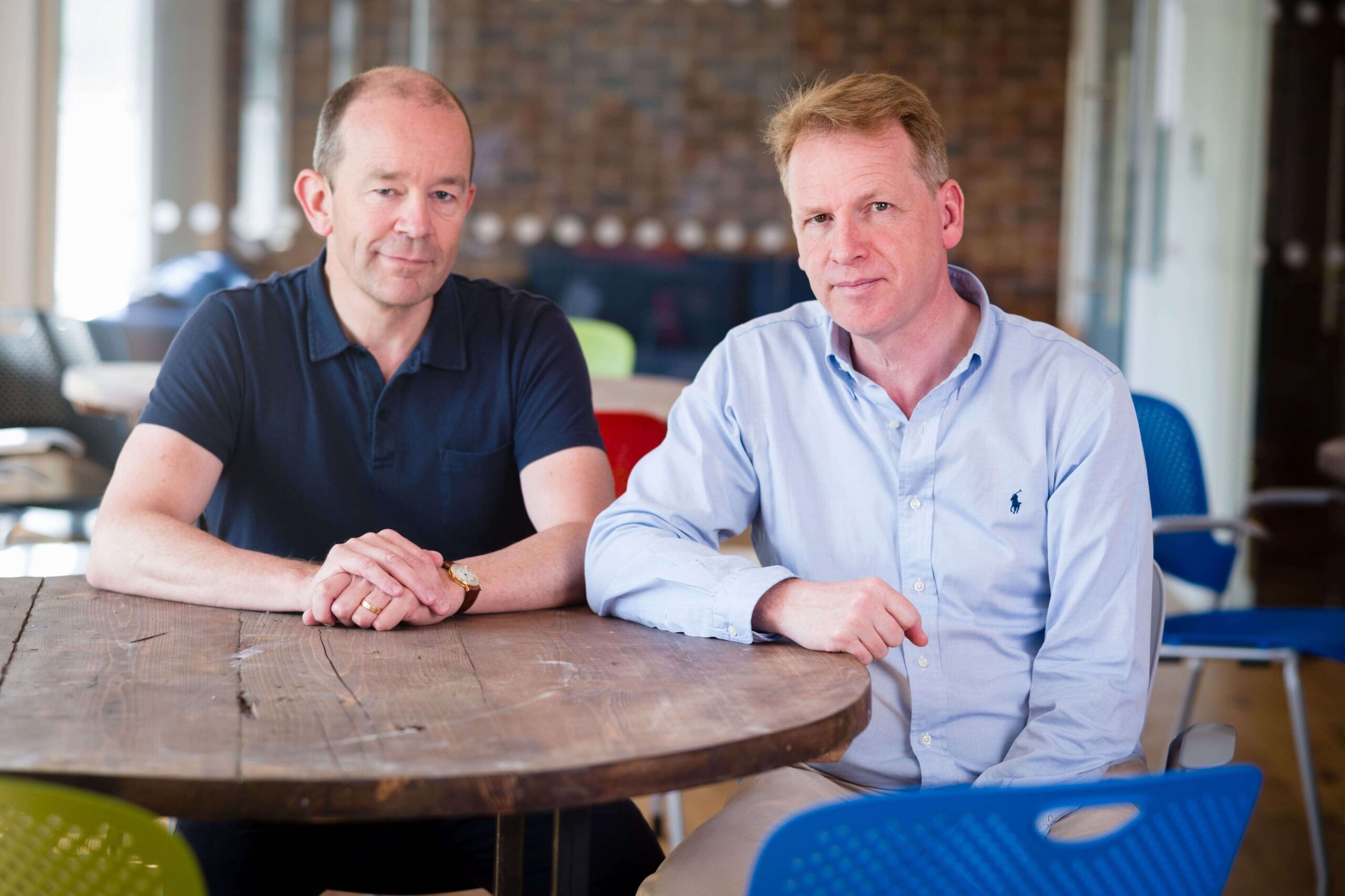
The experienced tech entrepreneurs believed that to power the next generation of artificial intelligence, for developments such as driverless cars, there needed to be a completely new type of computer processor.
It drew on local talent in the West of England, nurtured by the likes of the former British semiconductor business Inmos, and its Intelligence Processing Unit (IPU) was created to cope with AI’s performance requirements in a more efficient and cost-effective way than Nvidia’s graphics processing units (GPUs).
An impressive roster of financial backers quickly jumped on board, including Sequoia Capital, the American specialist technology investor, Dell and Samsung. Overall it has raised about $700 million.
Herman Hauser, one of the brains behind Arm was an early investor and became investment fund Amadeus Capital’s representative at the business. Others with interests in the company include Sir Demis Hassabis, co-founder of DeepMind and Ilya Sutskever, formerly chief scientist at OpenAI.In 2018 Graphcore was designated a unicorn, valued at $1.8 billion after a $200 million investment round led by Atomico with BMW and Microsoft becoming “strategic investors”. It hit a $2.8 billion valuation in December 2020 after raising $222 million, including from the Ontario Teachers’ Pension Plan, Fidelity International and Schroders. Meanwhile, AI hit the mainstream and with the launch of ChatGPT by OpenAI in November 2022 suddenly, everyone was talking about the potential of the technology. With this interest in generative AI, as it is known, Nvidia’s star soared. Demand for its GPUs rose exponentially and the company is now one of the most valuable in the world. Meanwhile, instead of making hay in this gold rush, Graphcore was suffering a series of setbacks. A deal it had signed with Microsoft collapsed in 2022 and it struggled to win other major customers.
The company, which has offices in Cambridge, London, Gdansk in Poland and Hsinchu in Taiwan, and also manufactures in Taiwan, withdrew from China last year, which made up 20 to 25 per cent of its business, as the US clamped down on exports of semiconductors and advanced technology to Beijing.
The latest financial results from 2022 show its pre-tax losses rose to $205 million from $184.5 million the year before, while revenues were down 46 per cent to $2.7 million. After a round of redundancies, at the end of 2022 it employed 494 people.
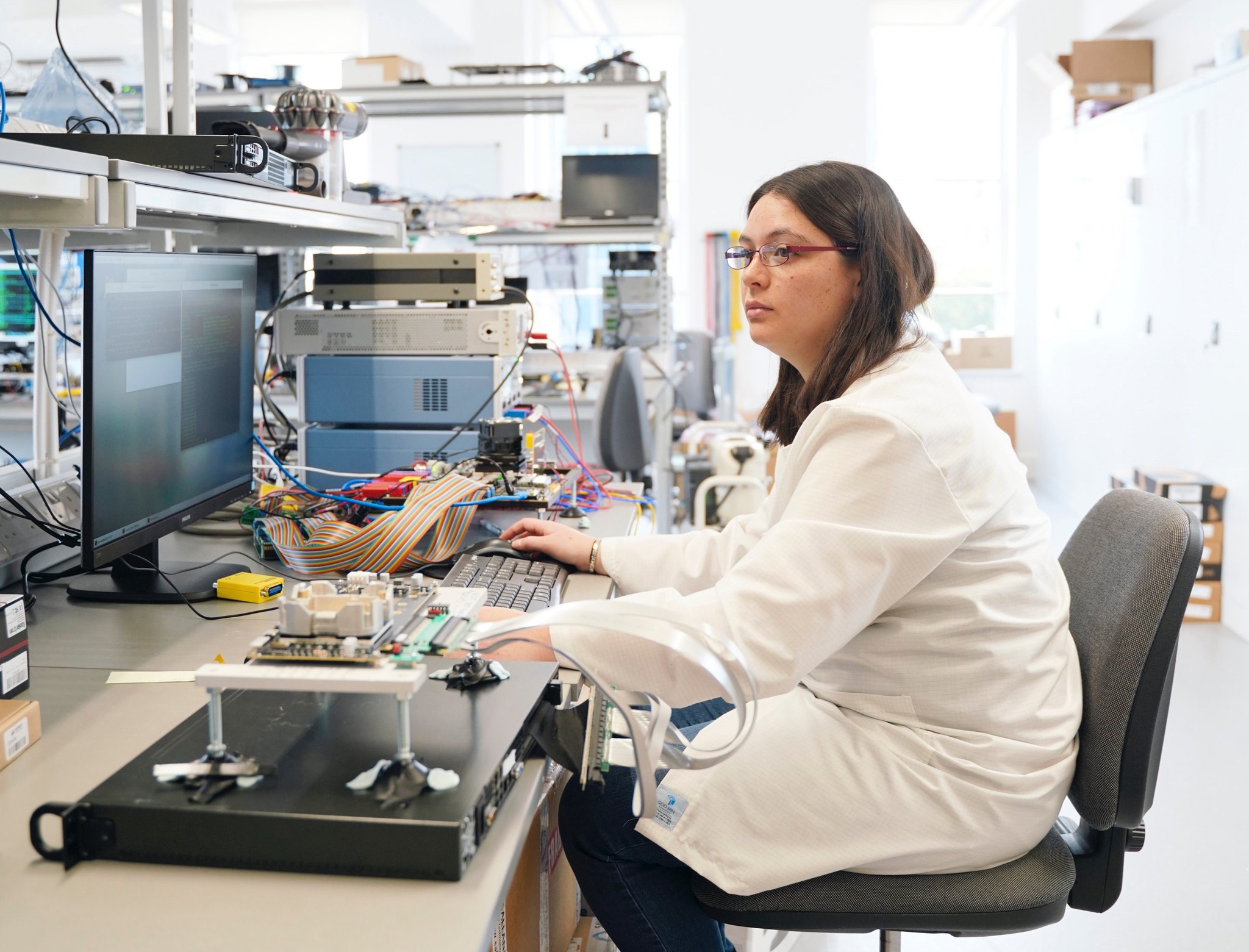
Previously enthusiastic investors changed their tune. Last year Sequoia wrote down the value of its stake in the business to zero.
Richard Watts, a Chrysalis Investments co-fund manager, said in 2020 that Graphcore was a company “with the potential to absolutely shoot the lights out” but the fund has now written down the value of its holding to £35 million, from the £57.6 million it originally paid.
The company, in urgent need of financing, has been in talks with SoftBank for some time. Now the deal has been signed, Graphcore’s dreams of becoming the new tech darling of the London stock market have, for now, evaporated.
• Everything you need to know about investing in AI
Peter Kyle, who was named Secretary of State for Science, Innovation and Technology last week, said: “This acquisition is a welcome end to the uncertainty that has faced Graphcore and its employees. I hope that, as part of SoftBank, it will be able to continue as a key innovator in the world of AI semiconductors.
“It must, however, serve as a reminder of the important work that needs to be done, and which I am determined to do alongside the sector, to strengthen and support our vibrant and innovative tech companies and make the UK the best place to start and grow a business.”
Not everyone is convinced about its future. David Harold, a veteran semiconductor analyst with Jon Peddie Research, said: “They have failed to make use of their first mover advantage.”
He added: “In new hands there may still be potential but the rise of new processor technology, like Neurophos’s silicon photonics-based processors, may be the next wave and Graphcore could just be too late to market. Their product market fit seems to me to be heading towards its expiration date”.
But for Toon, there remains a big opportunity and the takeover offers a new lease of life. Under the Softbank umbrella, with companies including Arm and Wayve, Toon hopes that the company will have the capital available to develop its next generation of products.
He said: “We’ve managed to go toe to toe and build a world class technology. We’re now able to take that and have the level of investment that is really required to go to the next level”.
Vikas J Parekh, managing partner at SoftBank Investment Advisers said: “Next-generation semiconductors and compute systems are essential in AGI [artificial general intelligence], we’re pleased to collaborate with Graphcore in this mission.”
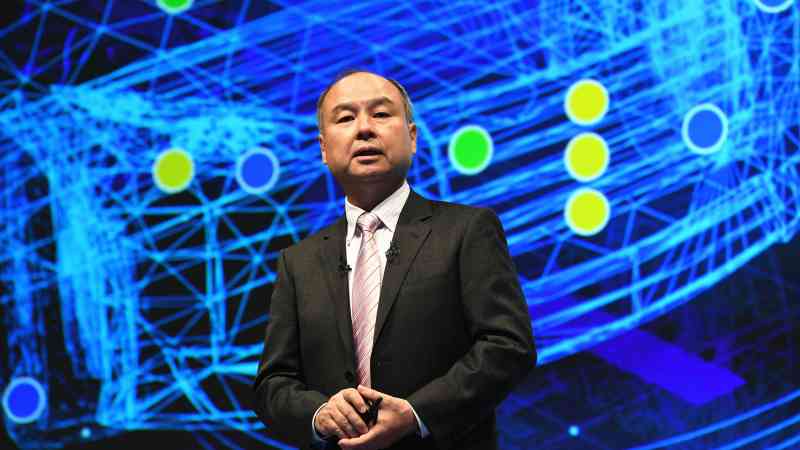
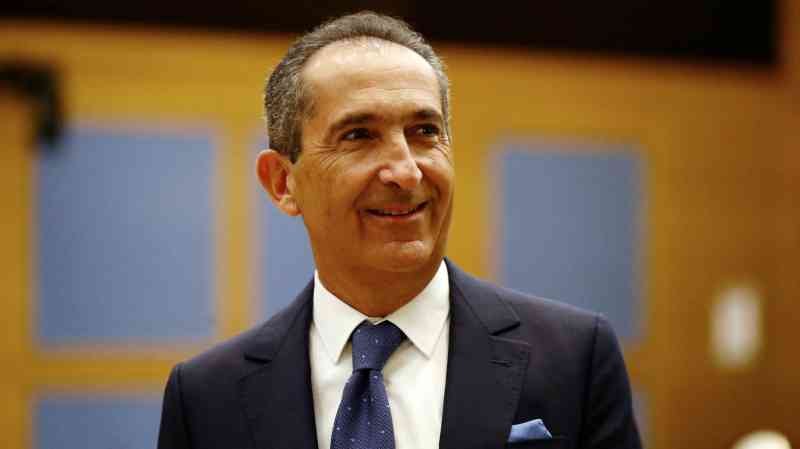

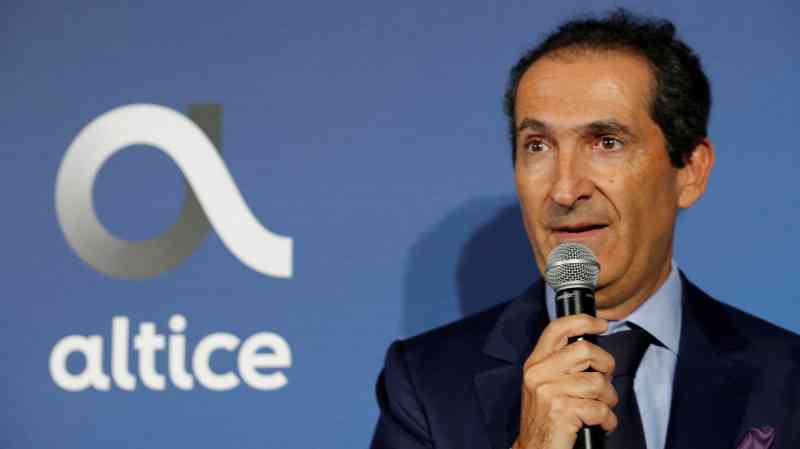
Post Comment